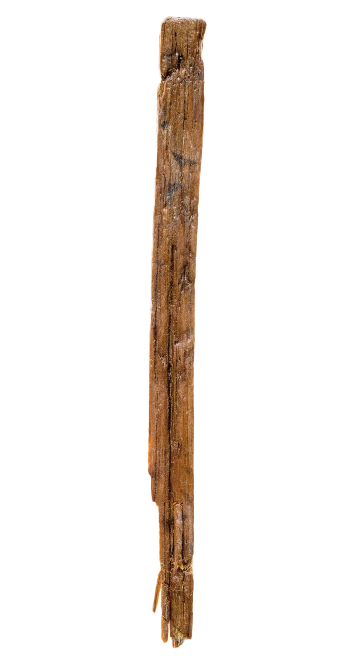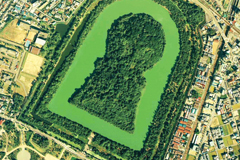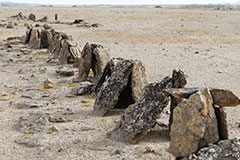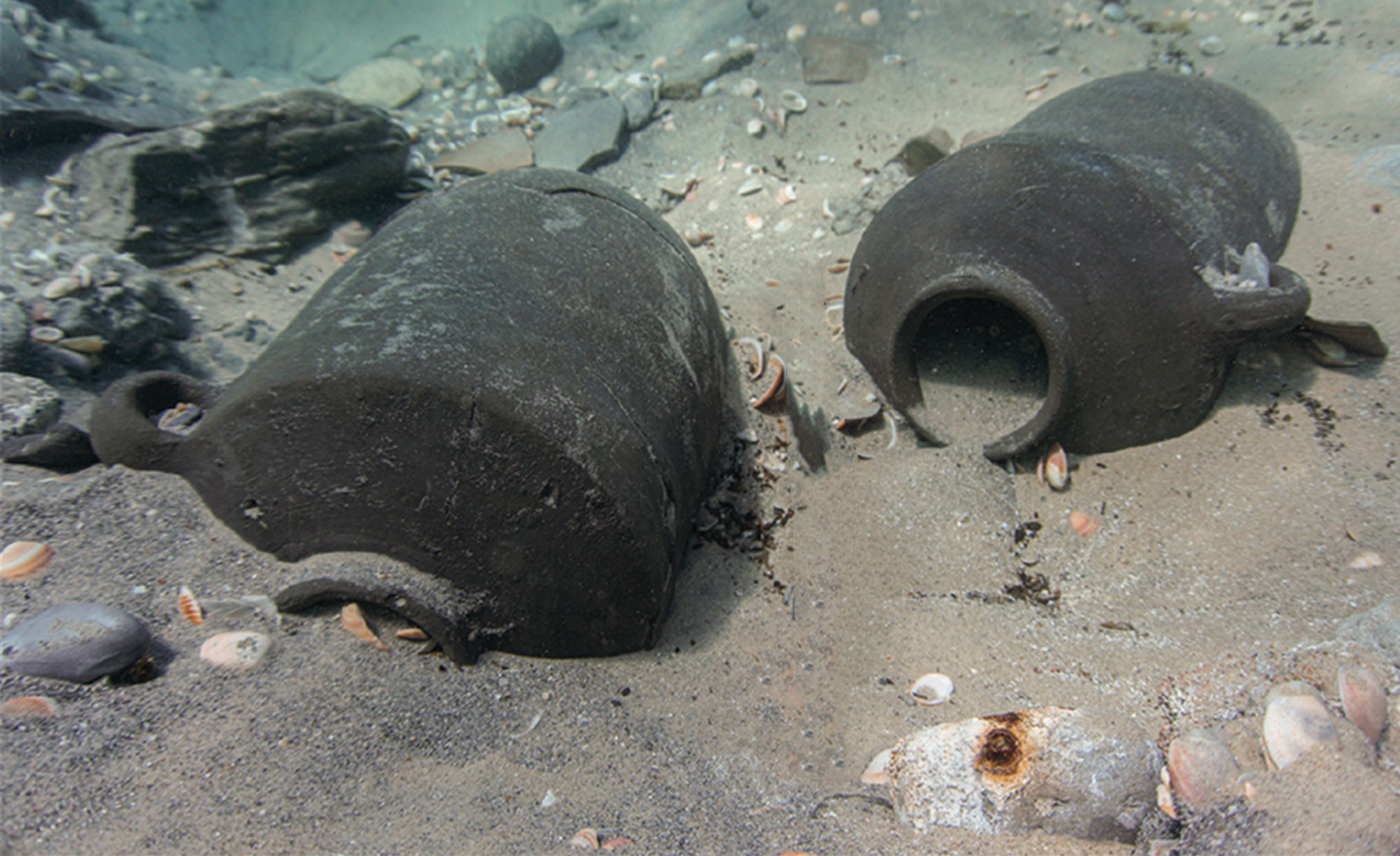Features From the Issue
-
Features
The Ancient Promise of Water
How people of the past harnessed the power of the world’s most precious resource
 (Adobe Stock)
(Adobe Stock) -
Features
The Shaman's Secrets
9,000 years ago, two people were buried in Germany with hundreds of ritual objects—who were they?
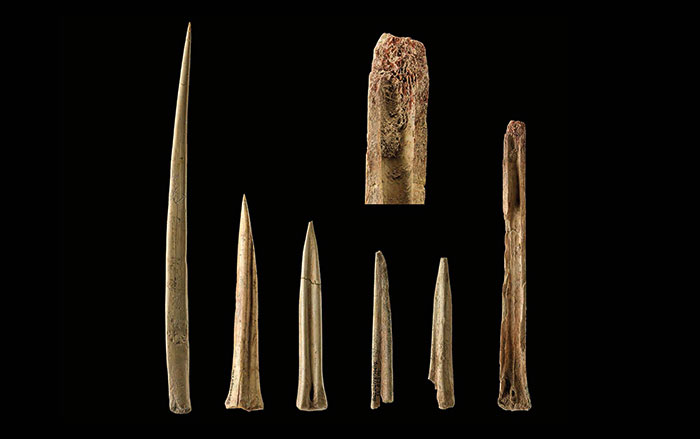 Photographs Juraj Lipták
Photographs Juraj Lipták -
Features
An Enigmatic Empire Rises
A newly discovered 3,500-year-old palace in Iraqi Kurdistan provides a rare look at a regional superpower
-
Features
End of an Era
Archaeologists discover that the ancient city of Ephesus met a fiery demise
-
Features
A Caliph's Shining City
In southern Spain, Umayyad rulers built a sprawling complex to reflect their unique vision of the medieval Islamic world
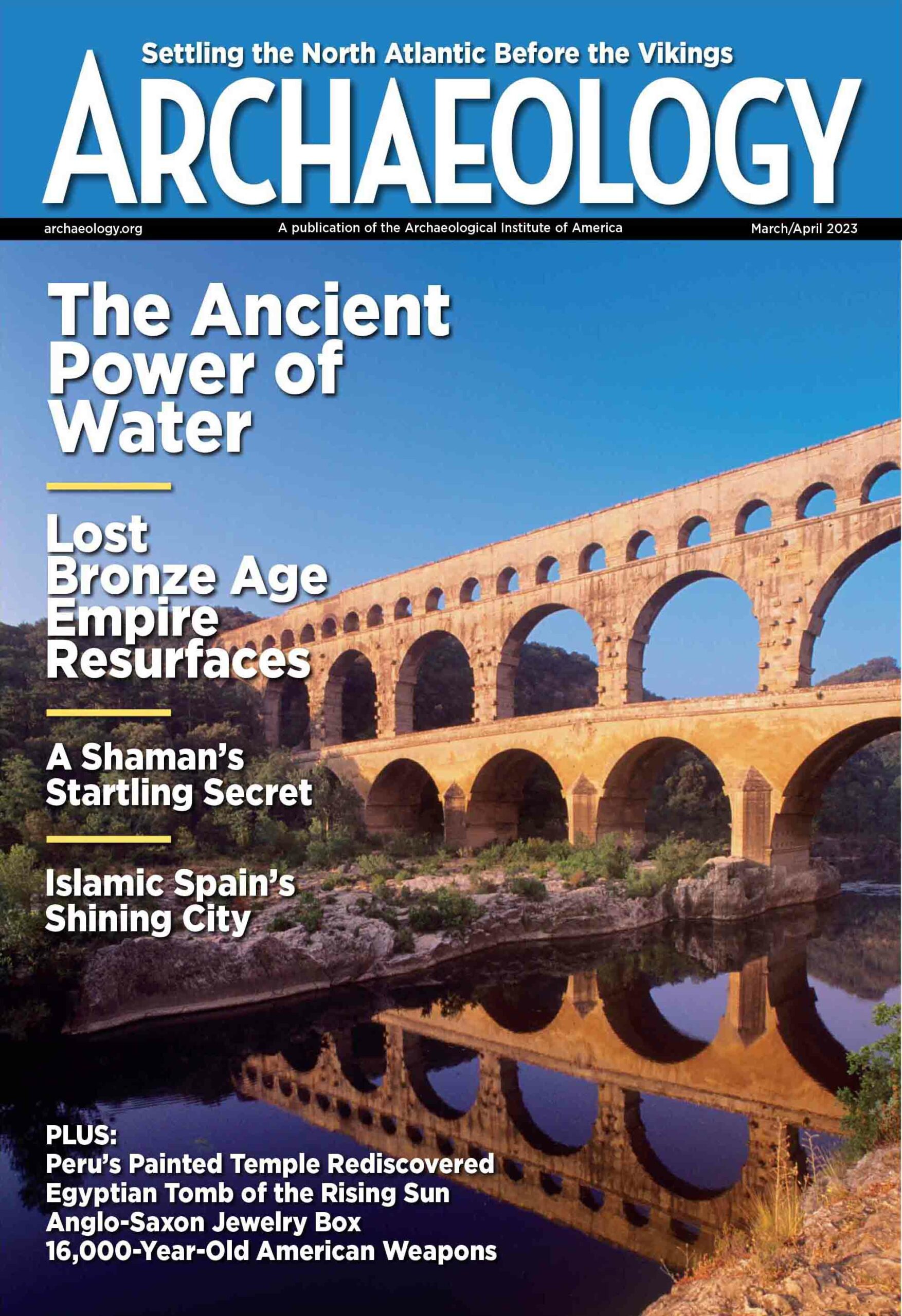
Letter from the Faroes
Letter from the Faroes
Lost History of the Sheep Islands
New evidence shows that the remote North Atlantic archipelago was settled hundreds of years before the Vikings reached its shores

Artifact
Artifacts
Andean Wind Instruments
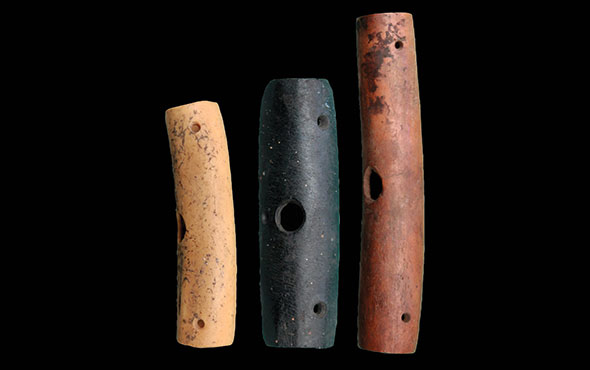
Digs & Discoveries
-
Digs & Discoveries
Peru’s Lost Temple
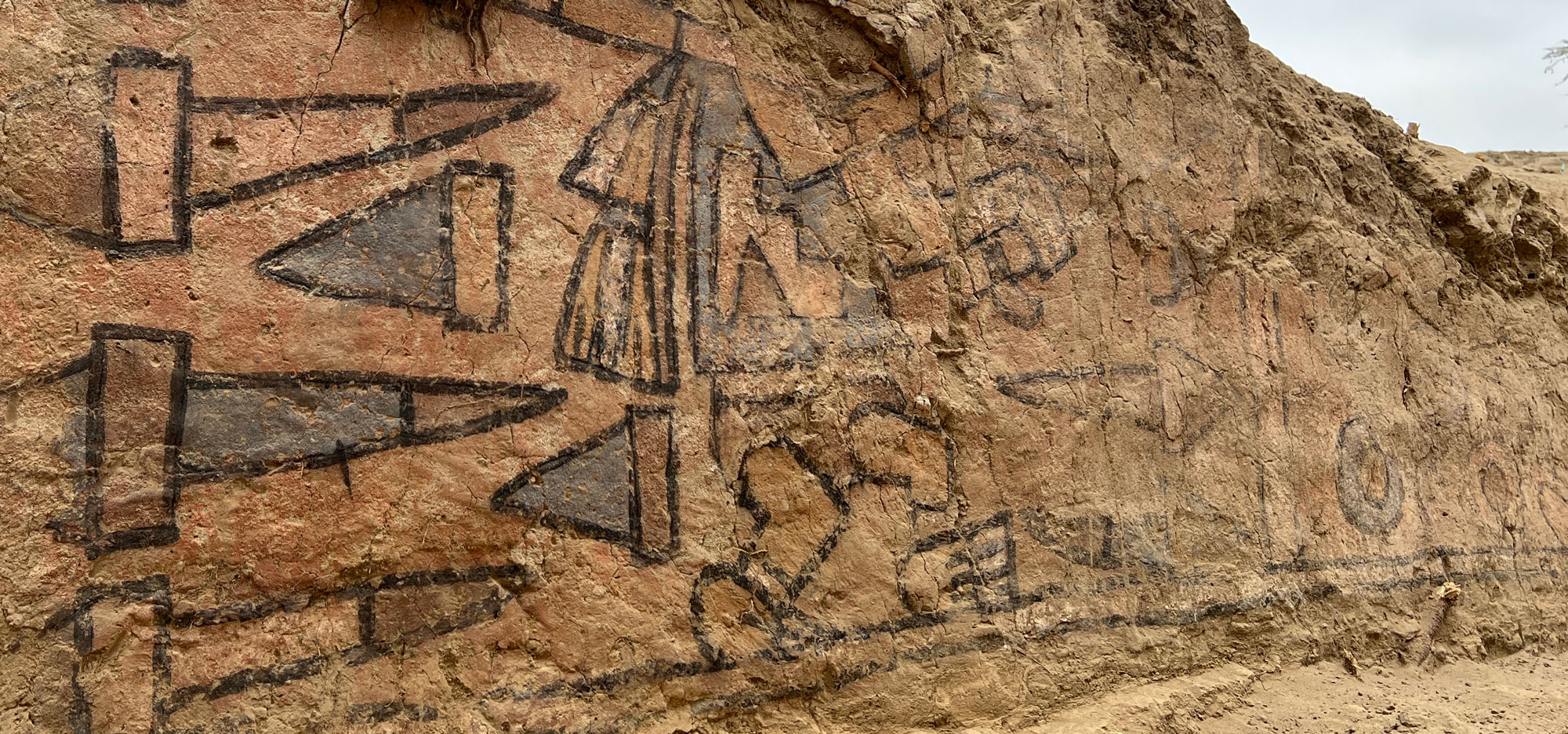 (Courtesy Sâm Ghavami)
(Courtesy Sâm Ghavami) -
Digs & Discoveries
Bird Brains
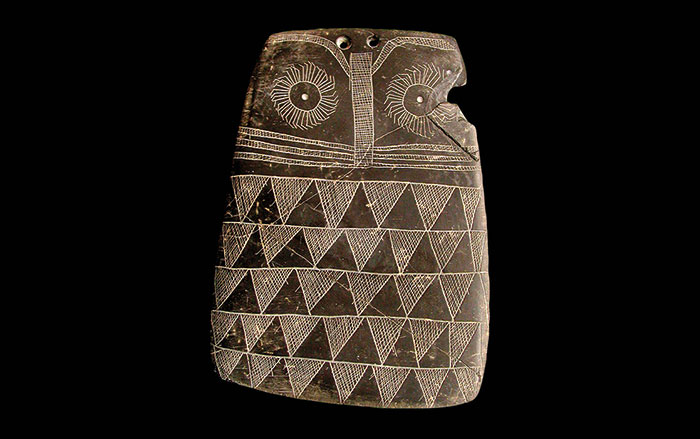 (Museo Arqueológico de Sevilla, REP25837)
(Museo Arqueológico de Sevilla, REP25837) -
Digs & Discoveries
Standing Swords
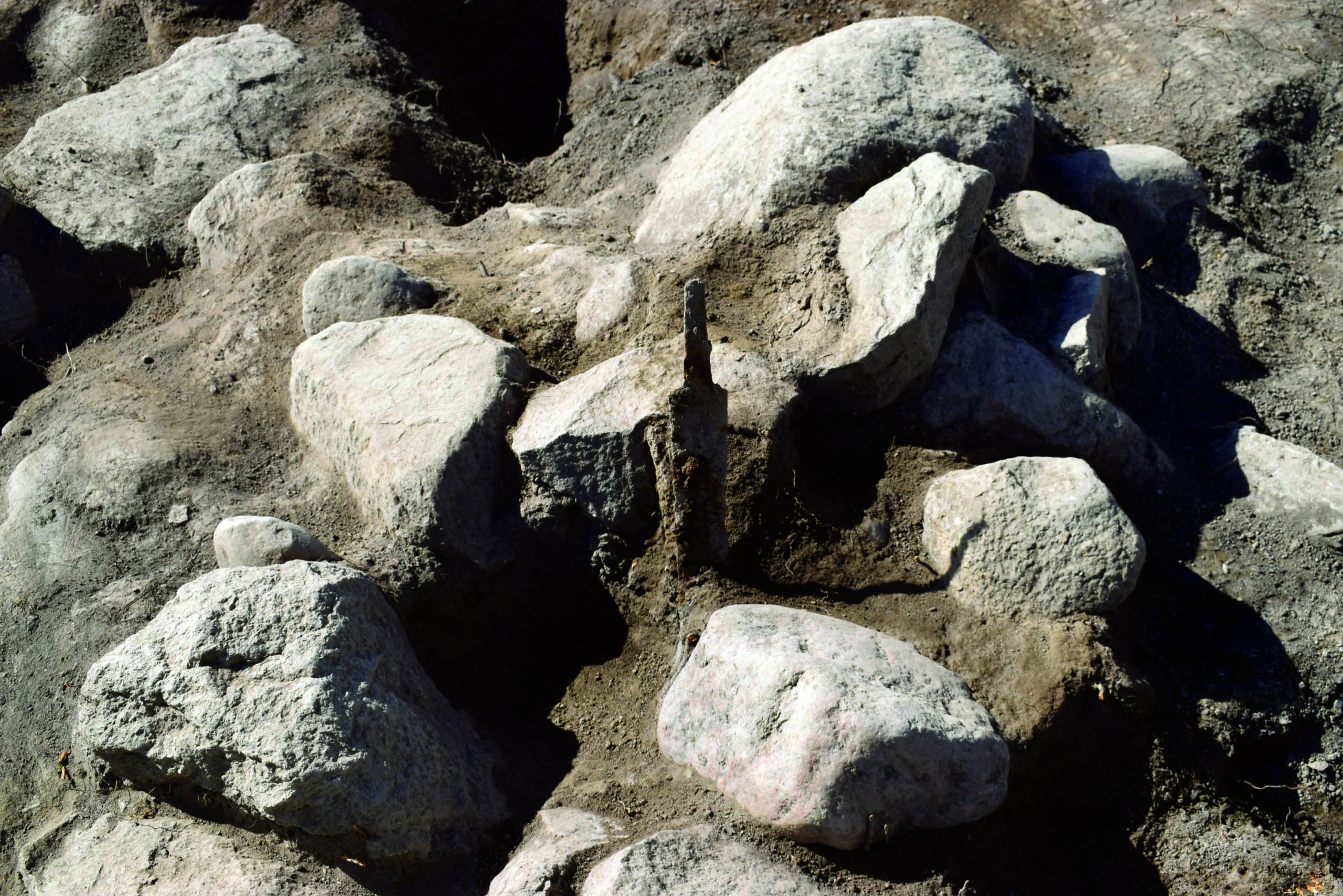 (Arkeologerna Statens historiska museer)
(Arkeologerna Statens historiska museer) -
Digs & Discoveries
Earliest Ayahuasca Trip
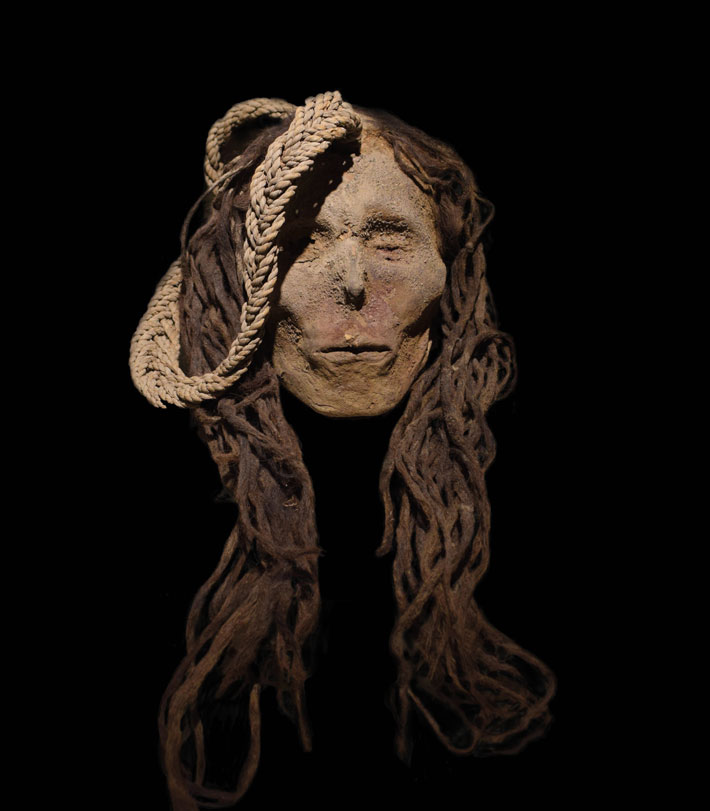 (Dagmara Socha)
(Dagmara Socha) -
Digs & Discoveries
Early Medieval Elegance
 (MOLA/Andy Chopping)
(MOLA/Andy Chopping) -
Digs & Discoveries
L is for Lice
 (Dafna Gazit/Israel Antiquities Authority)
(Dafna Gazit/Israel Antiquities Authority) -
Digs & Discoveries
Weapons of Choice
 (Loren Davis/Oregon State University)
(Loren Davis/Oregon State University) -
Digs & Discoveries
Winter Light
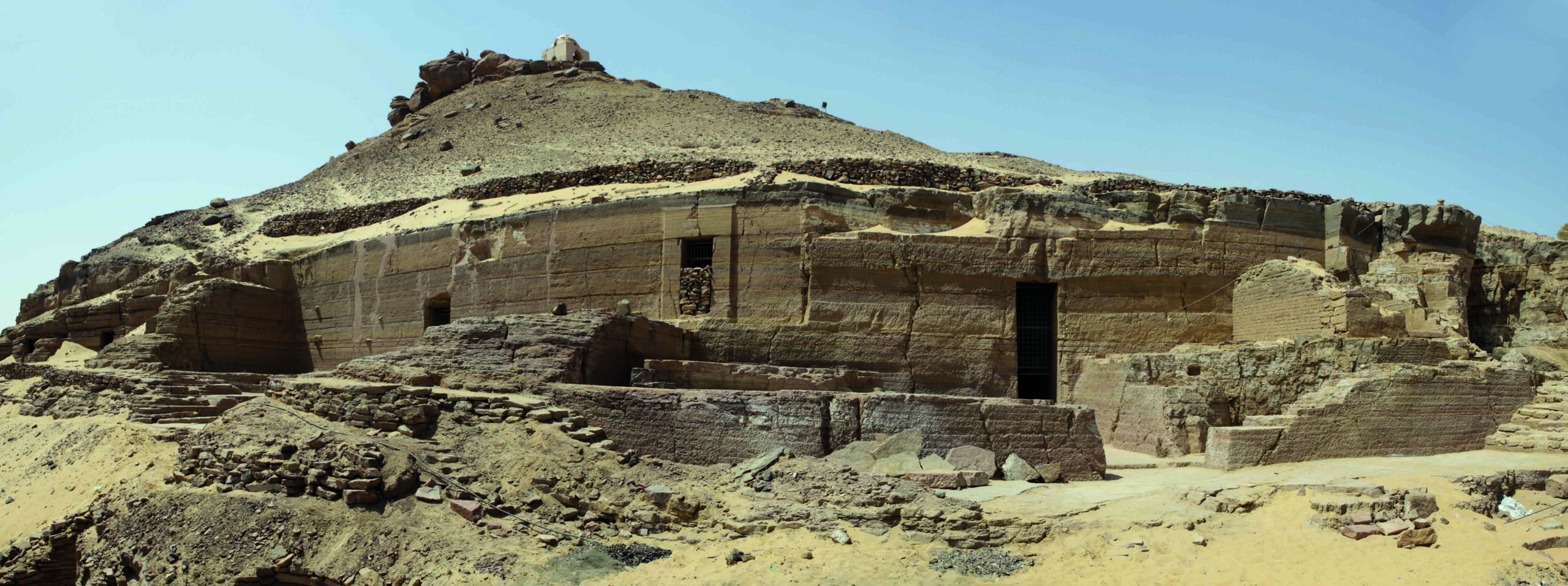 (Universities of Jaén and Málaga)
(Universities of Jaén and Málaga) -
Digs & Discoveries
Closely Knit
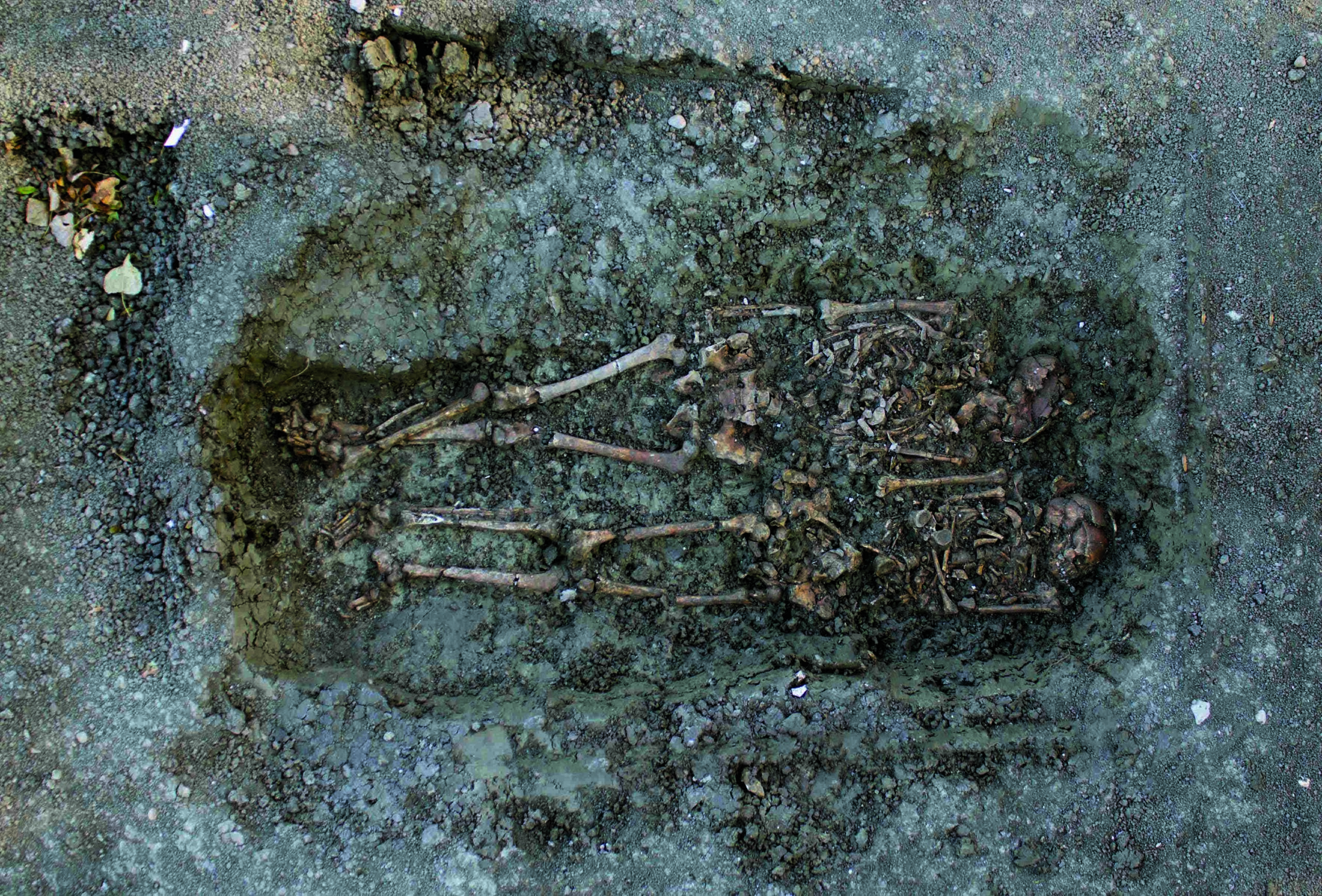 (Courtesy Sharon Clough/Cotswold Archaeology)
(Courtesy Sharon Clough/Cotswold Archaeology) -
Digs & Discoveries
Mounds in the Family
 (Courtesy Chuck Werth)
(Courtesy Chuck Werth) -
Digs & Discoveries
More Images From Digs & Discoveries
Off the Grid
Off the Grid March/April 2023
Ward Charcoal Ovens State Historic Park, Nevada

Around the World
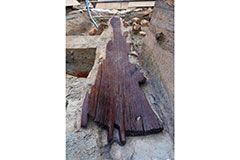
JAPAN

JAPAN: During the 1st millennium A.D., Japanese aristocrats were sometimes buried in sumptuous tombs alongside ritual statues known as haniwa. These were mostly made from terracotta, but on rare occasions were carved from wood. The largest known wooden haniwa was recently uncovered near the Minegazuka Kofun mound in Habikino. Dating to the 5th century A.D., the 11-foot-tall figure was recovered from a moat that surrounded the 315-foot-long monumental tomb.
Related Content
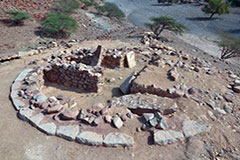
OMAN

OMAN: Archaeologists unearthed a series of buildings belonging to the Umm al-Nar culture at the site of Dahwa that date to the mid-3rd millennium B.C. Amid the ruins was a tomb that contained a collection of silver jewelry, including a ring stamped with an image of an Indian bison. This was a common motif used in artwork of the Indus Valley, or Harappan, civilization. Analysis showed that the ring was likely made in Mesopotamia from silver sourced in Anatolia, highlighting the extensive trade networks cultivated by the area’s Bronze Age merchants.
Related Content

ISRAEL

ISRAEL: A mysterious 1,500-year-old skeleton bound in heavy iron rings was unearthed at Khirbat el-Masani, north of Jerusalem. During the Byzantine era, the site was home to a monastery, a church, and an inn for religious pilgrims. Researchers believe that the deceased man practiced an extreme form of asceticism and that his seemingly tortured state was self-inflicted. The man was likely a monk who intentionally bound his neck, feet, and hands in chains as a way to attain salvation by denying himself simple sensory pleasures.


